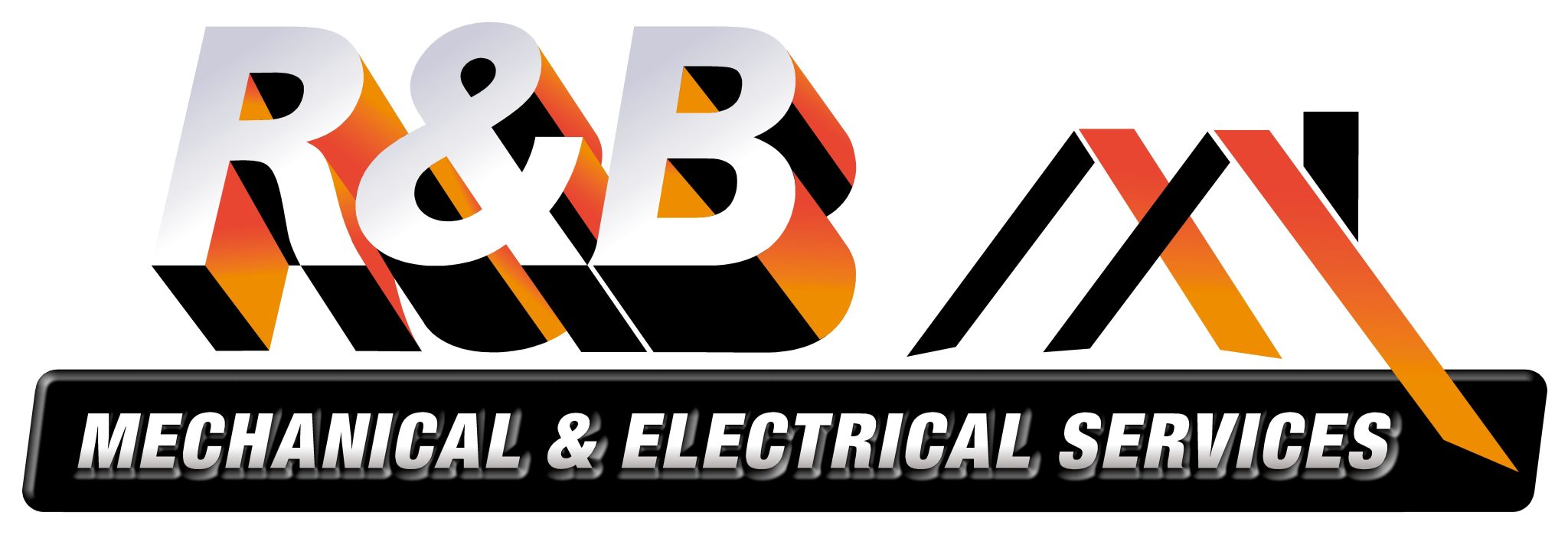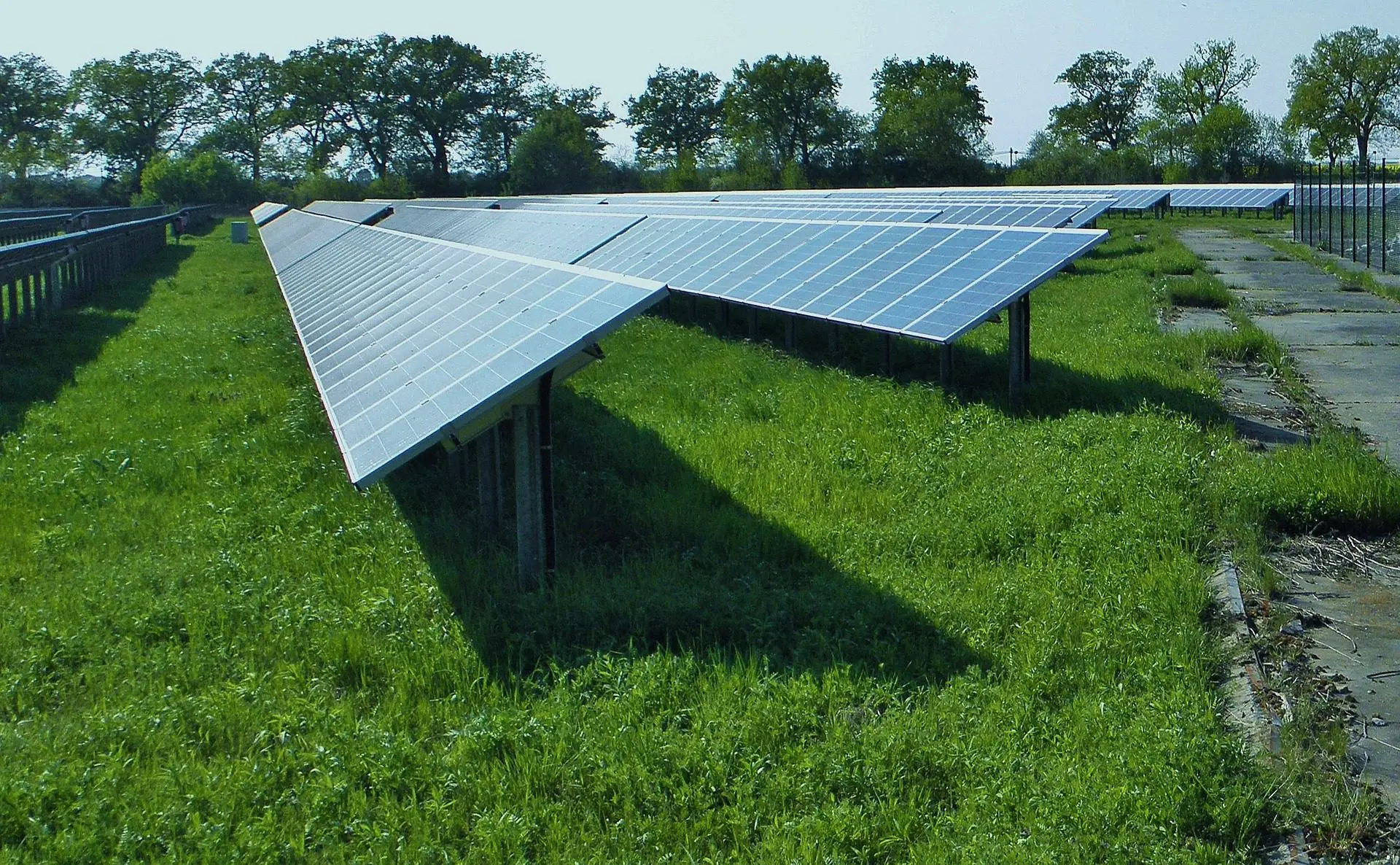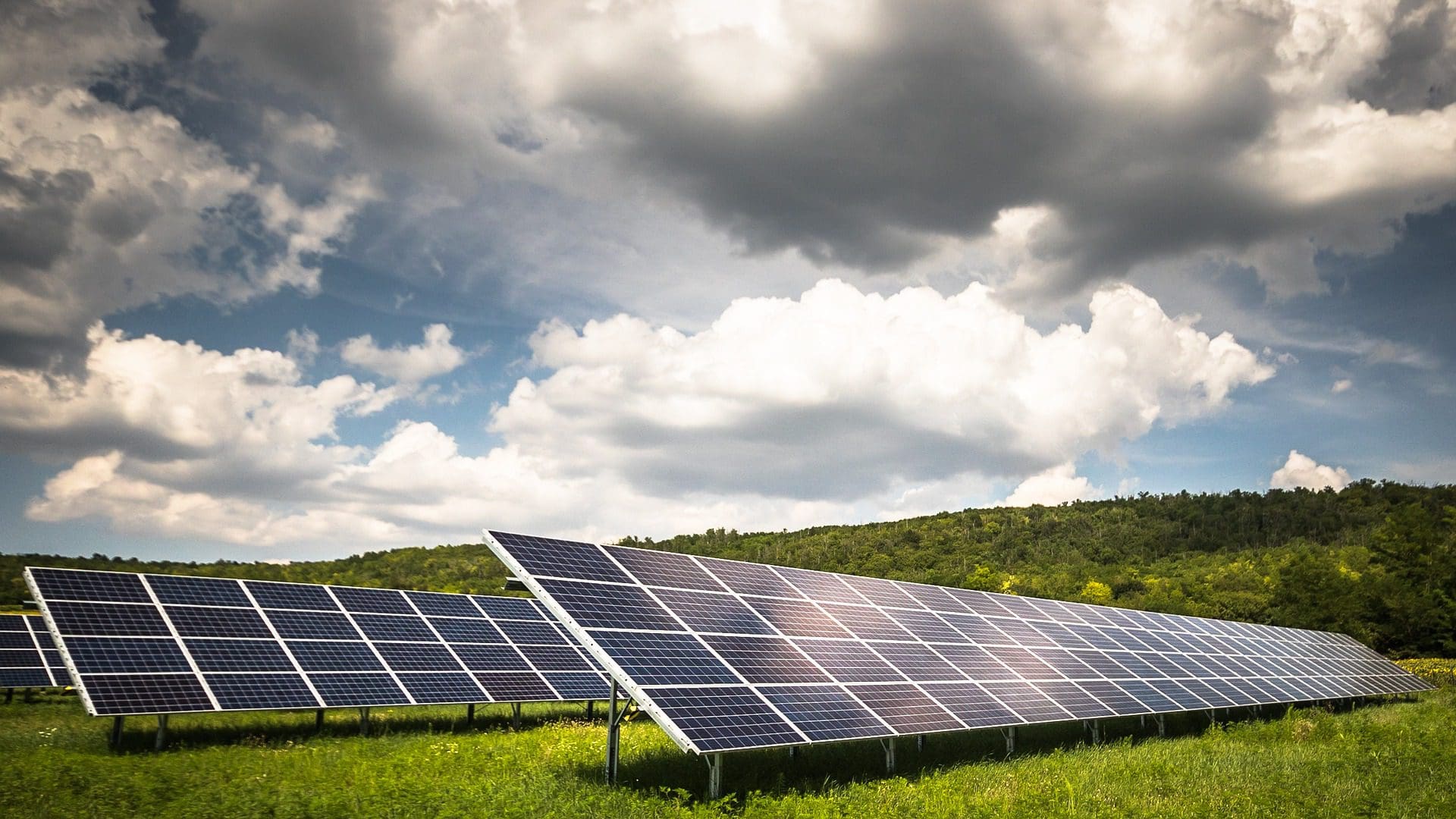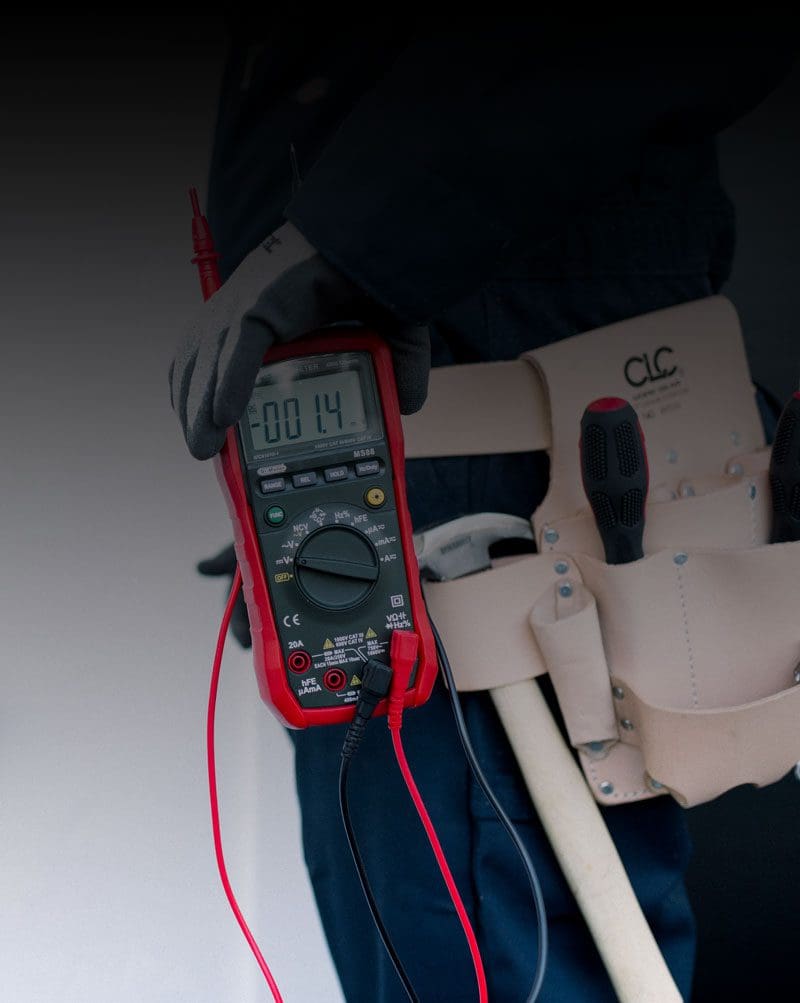Powering Progress:
The Advantages of Ground Array Solar Panels for UK Businesses.
For industrial and commercial clients in the UK looking to embrace renewable energy, solar power offers a compelling path to reduced operating costs and a greener footprint. While roof-mounted systems have long been the default, ground array solar panels present a powerful alternative, often delivering superior performance, flexibility, and long-term benefits.
This article delves into the key advantages of ground-mounted solar arrays over their rooftop counterparts for UK businesses, examining structural considerations, maintenance, lifespan, installation costs, and current market trends.
Unlocking Optimal Performance: Why Ground Arrays Excel
One of the most significant advantages of ground array solar panels lies in their unparalleled flexibility for optimal positioning. Unlike roof-mounted systems, which are constrained by the existing roof’s orientation, pitch, and potential shading from surrounding structures, ground arrays can be:
- Oriented for Maximum Sunlight: Panels can be precisely angled to face due south and tilted at the ideal pitch (typically 35-40 degrees in the UK) to capture the most direct sunlight throughout the day and across seasons. This often leads to 20-25% higher energy production compared to fixed roof installations.
- Minimised Shading: Ground arrays can be sited strategically to avoid shade from trees, adjacent buildings, or other obstructions, ensuring consistent and maximum energy generation.
- Enhanced Airflow: Ground-mounted panels benefit from better airflow around them, which helps to keep the panels cooler. Cooler panels operate more efficiently, further boosting energy output.
This ability to optimise for sun exposure translates directly into higher energy yields and faster returns on investment for businesses with suitable land.
Structural Installation Considerations: Building a Solid Foundation
The structural installation of ground array solar panels differs significantly from roof-mounted systems. Instead of relying on an existing roof, ground arrays require a dedicated support structure anchored directly into the ground. Key considerations include:
- Site Assessment and Geotechnical Surveys: Before any groundwork, a thorough site assessment is crucial. This includes geotechnical investigations to understand soil composition, bearing capacity, moisture levels, and drainage. Soil resistivity tests are also essential for proper electrical grounding. This data informs the selection of the most appropriate foundation type.
- Foundation Types: Common anchoring methods include:
- Driven Piers: Steel posts driven deep into stable soil.
- Helical Piles (Ground Screws): Ideal for challenging soil conditions, providing strong foundations without extensive excavation.
- Concrete Piers/Ballasts: Concrete bases poured into drilled holes or pre-cast blocks that use weight to secure the system, particularly useful where ground penetration is to be minimised.
- Racking Systems: Robust metal frames are used to support the solar panels, designed to withstand UK weather conditions, including strong winds and snow loads. These systems allow for precise tilt and orientation adjustments.
- Cable Routing: Electrical cabling connecting the panels to inverters and the main electrical system often needs to be trenched underground for protection and safety, adding to the civil engineering work involved.
- Planning Permission: For industrial and commercial ground-mounted solar installations, planning permission is almost always required, especially if the array exceeds a certain size (e.g., nine square metres or specific height/width/depth thresholds). This adds a layer of administrative complexity and potential delays compared to many roof-mounted projects, which can sometimes fall under permitted development rights. It is vital to consult with local planning authorities early in the process.
Maintenance Requirements: Easier Access, Lower Hassle
One of the most compelling operational advantages of ground array systems is their ease of maintenance.
- Accessibility: Being at ground level, panels are easily accessible for routine cleaning, inspections, and any necessary repairs. This eliminates the need for specialist equipment, ladders, or fall protection measures typically required for roof-mounted systems, significantly reducing maintenance time and cost.
- Cleaning: Dust, dirt, bird droppings, and other debris can accumulate on solar panels, reducing their efficiency. Ground arrays can be cleaned quickly and safely, ensuring optimal performance.
- Snow Removal: In winter, ground arrays can be more easily cleared of snow compared to roof-mounted systems, ensuring continued energy production.
- Fault Finding and Repair: Should a fault occur, diagnosing and repairing issues on ground-mounted panels is a more straightforward process, leading to quicker resolution and less downtime.
While roof-mounted systems may reduce maintenance frequency through design, the inherent accessibility of ground arrays translates to a lower overall maintenance burden and safer operations.
Lifespan: Parity with Potential for Enhanced Longevity
-
The lifespan of solar panels themselves is generally consistent regardless of mounting method, typically ranging from 25 to 30 years, with many manufacturers offering performance warranties for this period. However, the mounting system and environmental exposure can subtly influence longevity:
- Panel Degradation: Both ground and roof-mounted panels experience a gradual decline in energy output over their lifespan, usually around 0.5-1% per year.
- Mounting Structure Durability: Ground-mounted structures, often made of robust steel and anchored securely, can be designed for extreme durability and resistance to environmental factors. The structural integrity of a roof-mounted system is also tied to the lifespan and condition of the underlying roof, which might require repair or replacement within the solar array’s operational life.
- Damage Risk: While ground arrays might be perceived as more vulnerable to vandalism or accidental damage due to their accessibility, proper security measures can mitigate this. Roof-mounted systems can be susceptible to damage during high winds or extreme weather events, especially if installation wasn’t meticulous. The ease of access for maintenance on ground arrays can also lead to more proactive care, potentially extending the system’s effective performance.
Overall, a well-installed ground array system is expected to perform reliably for its full projected lifespan, and in some cases, the enhanced maintenance capabilities could even contribute to a slightly more consistent long-term performance.
Installation Cost Differences: A Higher Initial Outlay, but Greater Long-Term Value
The upfront installation cost of ground array solar panels for commercial and industrial clients in the UK is generally higher than comparable roof-mounted systems. This is due to several factors:
- Additional Groundwork and Foundations: Ground arrays require significant site preparation, including potential land clearing, levelling, and the installation of robust foundations (piles, concrete, or ground screws).
- More Materials: The dedicated mounting structures and often longer cable runs for ground arrays necessitate more materials.
- Increased Labour: The groundwork, foundation installation, and trenching for cables contribute to higher labour costs.
- Planning Permission Fees: The requirement for planning permission often incurs additional fees and consultant costs.
While precise figures vary widely based on system size, site conditions, and installer, ground-mounted systems can typically cost 15-35% more than roof-mounted systems of equivalent capacity. However, this higher upfront investment is often offset by:
- Greater Energy Production: As discussed, optimal positioning leads to higher energy yields, which can accelerate the payback period.
- Lower Maintenance Costs: Easier access for maintenance can reduce ongoing operational expenses.
- Scalability: The ability to easily expand ground arrays as energy demands grow means the initial investment can be leveraged for future needs without major structural overhauls.
Take-Up in the UK: Roof-Mounted Dominance, but Ground Arrays Gaining Traction
Historically, roof-mounted solar systems have dominated the UK market for commercial and industrial clients. This is largely due to:
- Utilisation of Existing Space: Roofs offer “dead space” that isn’t typically used for other purposes.
- Perceived Simplicity: Often seen as a more straightforward installation with fewer planning hurdles (for smaller systems).
- Lower Initial Cost: As mentioned, the upfront investment is generally lower.
However, the take-up of ground array systems is steadily increasing, particularly for larger-scale commercial and industrial applications and solar farms. This trend is driven by:
- Businesses with Available Land: Companies with unused land are recognising the potential for significant energy generation.
- Desire for Optimal Performance: Businesses with high energy demands are increasingly prioritising maximum efficiency and output.
- Limitations of Roof Space: Many industrial and commercial buildings may have unsuitable roof structures (e.g., insufficient load-bearing capacity, complex rooflines, or significant shading), making ground arrays the only viable option for large-scale solar.
- Scalability for Future Growth: Companies planning for future energy needs appreciate the ease of expanding ground-mounted systems.
While roof-mounted installations still outnumber ground arrays in terms of individual projects, the trend towards larger, more strategically optimised ground-mounted systems for significant energy generation is a clear indication of their growing appeal within the UK’s industrial and commercial sectors.
Conclusion
For UK industrial and commercial clients with access to suitable land, ground array solar panels offer a compelling proposition. While they may involve a higher initial investment and more involved planning permission, the benefits of optimal energy production, reduced maintenance costs, and long-term scalability can lead to a more efficient, robust, and ultimately more profitable solar energy solution. As businesses increasingly seek to maximise their renewable energy potential, ground array systems are poised to play an ever-greater role in powering the UK’s commercial and industrial landscape.
Our Services
Commercial Solar Panels
We have designed and installed high yield commercial solar panel systems for many clients. We can provide all design and payback calculations and ongoing maintenance.
Agricultural Solar Panels
We have many years experience designing and installing agricultural solar panel systems for farm businesses and saving them huge costs on electrical energy.
Residential Solar Panels
Our design and solar panel installation engineers have over a decade of experience installing and maintaining solar PV systems for residential customers across the UK
Electrical Contractors
We are NICEIC registered electrical contractors and members of the Electrical Contractors Association for all industrial, commercial and residential electrical services including testing, inspection and compliance services.
Mechanical Services
We offer M&E design, calculation, estimation and full fit-out, installation and maintenance services to commercial clients. We also provide contract maintenance and building compliance and testing services
Solar Renewables
We are MCS and RECC registered solar panel installers for all commercial and residential solar panel installations including ground arrays and roof mounted PV systems and battery storage configurations.
EV Home Chargers
We fit all makes, models and types of EV Chargers for residential customers. We are Office for Zero Emission Vehicles (OZEV) authorised installers.
EV Workplace Chargers
We can undertake all required aspects of commercial EV charging point installation, from initial design and consultation to servicing and on-going maintenance.
Gas Boiler Engineers
We are Gas Safe Registered and undertake boiler installation, servicing and all gas safety checks for landlords and residential customers.
Solar Panel Installer
Photovoltaic Systems generate no greenhouse gases, a typical domestic system can save approximately 1.2 tonnes of carbon dioxide emissions per year – adding up to almost 30 tonnes over a system’s lifetime.
Our design and solar panel installation engineers have many years experience installing solar PV systems for industrial and commercial clients.
Contact Us
Solar Panel Enquiry
Address
Keighley, West Yorkshire
BD21 4PF
UK
What3Words
What3Words:///clocks.decide.pokers
Phone
Keighley: 01535 687010 Skipton: 01756 793039




